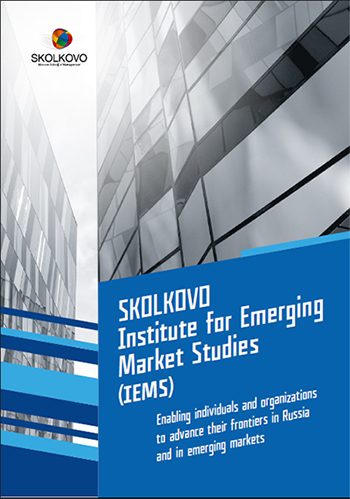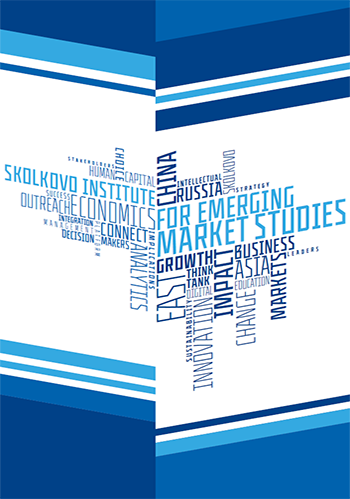Chief Executive Officer Turnover in China and Russia: Implications for Corporate Governance and Strategic Management
The research draws parallels with the current state of executive leadership structure at firms in developed market economies of USA and Europe. In comparison it covers three main issues that are of particular interest nowadays.
To analyze executive leadership structure in Russia and China SIEMS had examined more than 100 public companies both in Russia and China, represented on major stock exchanges of the countries - Shenzhen Stock Exchange (SZSE), Shanghai Stock Exchange (SHSE) in China and Moscow Interbank Currency Exchange (MICEX) and The Russian Trading System (RTS) in Russia.
Our analysis suggests that what happens to the outgoing CEOs is much more complicated at the listed firms in China than in the west. In the west, most CEOs step down in the form of retirement. For the small number of CEOs who step down before reaching the age of retirement, people can easily classify them into voluntary turnover and involuntary turnover on the basis of what happens to them afterwards.
This finding suggests that Russia has a quite active external managerial labor market where firms can recruit managerial talents. Meanwhile, it also suggests that many Russian firms are unable to locate and promote top management talents from within, probably because of the lack of a well-established internal management development system.
Most CEO turnovers in our sample happened during the financial crisis. To cope with the adversities caused by the financial crisis, many firms elected to change or adjust their strategies. If they did not think that the current CEO was able to lead the change or was a good match with the new strategy, they would replace the CEO. Research in the west shows that although CEO turnovers are often caused by environmental change or poor firm performance, they do not necessarily lead to better strategies or improved performance. In fact, in many cases, the disruption at the top can make things at the firm even worse, leading to another round of leadership change. It was still too early to tell whether CEO turnover could really help Russian firms to better cope with the adversities caused by the financial crisis.
To summarize, our analysis of CEO turnover leads to the following observations:
- Being the CEO of a listed firm is not the final step of one’s career as most CEOs leave the office at a young age of under 50.
- Firms replace their CEOs rather frequently as evidenced by the fact that the average CEO tenure was only 3.5 years and over two thirds of the CEOs’ tenure was less than five years.
- There is a link, although weak, between poor firm performance and CEO turnover.
- Firm performance is not the only factor that determines whether the CEO will move up, move aside, move down, or dropout after leaving the office.
- It is the controlling shareholder that makes CEO appointment and replacement decisions.
- At some firms being the CEO is just part of the job rotation process for a few selected top managers.
Contact us
-
SKOLKOVO IEMS
+7 495 539 30 03
SKOLKOVO Sustainable Business Center monitoring
Leave your contact details and we will send you our monthly monitoring



